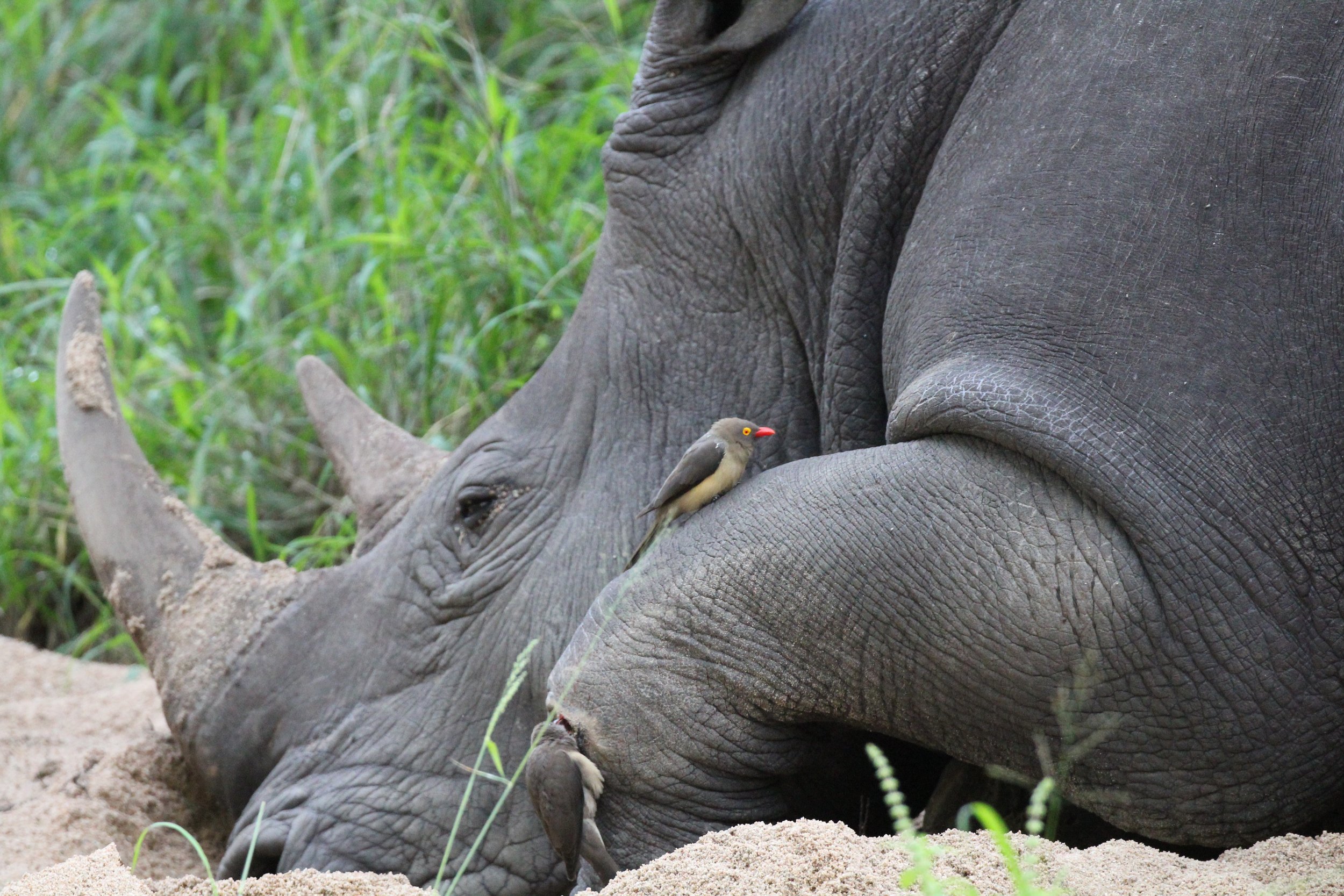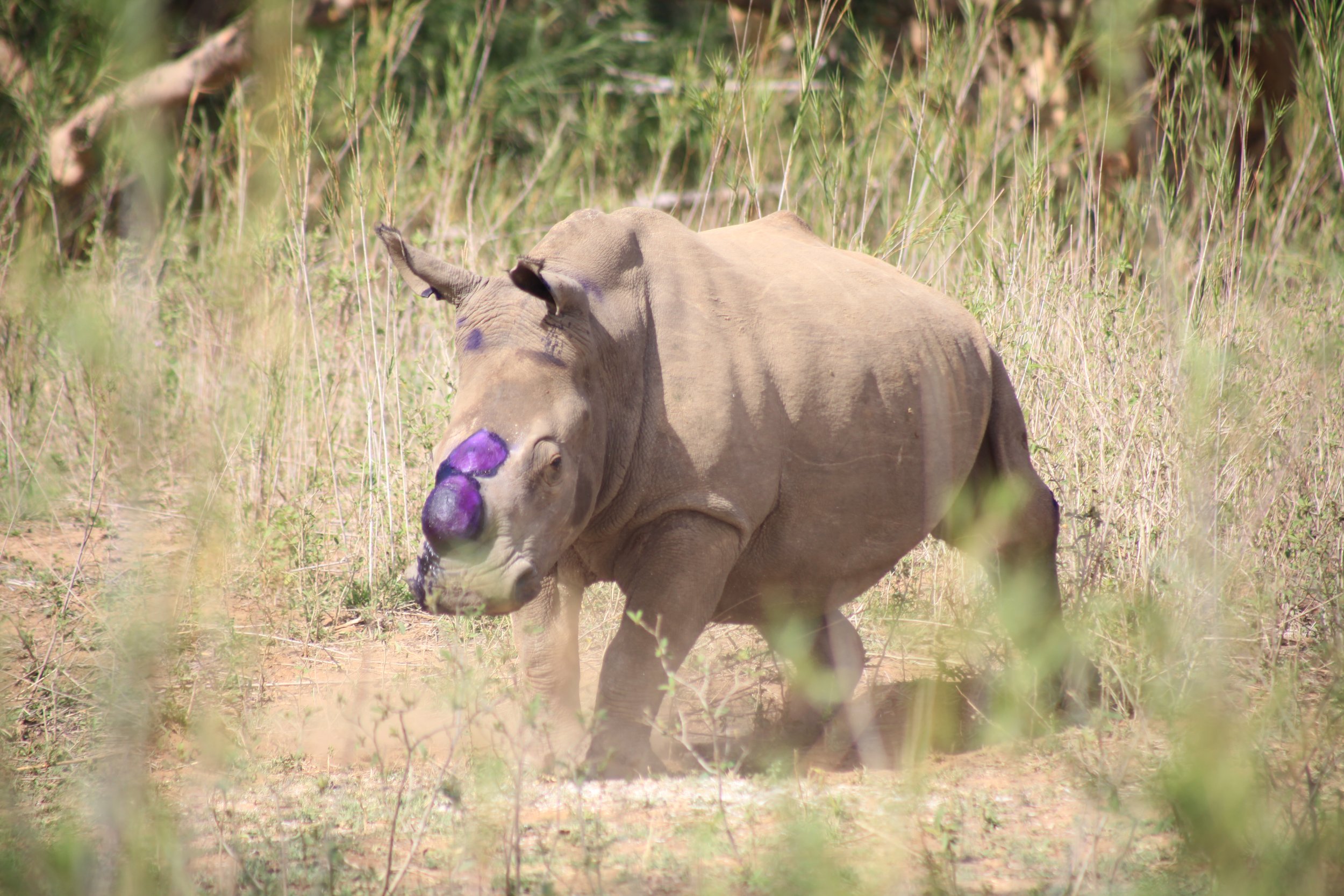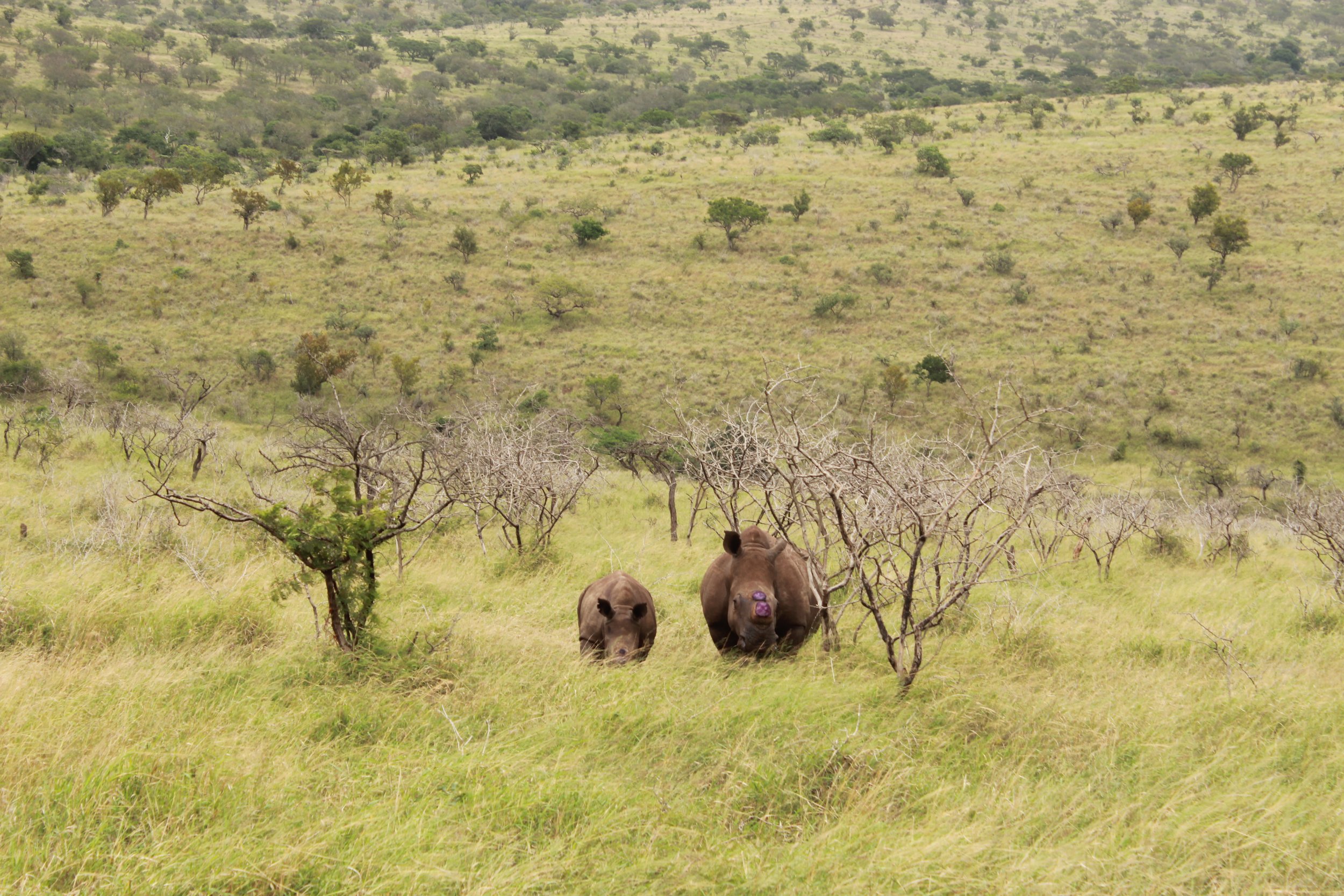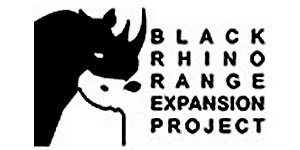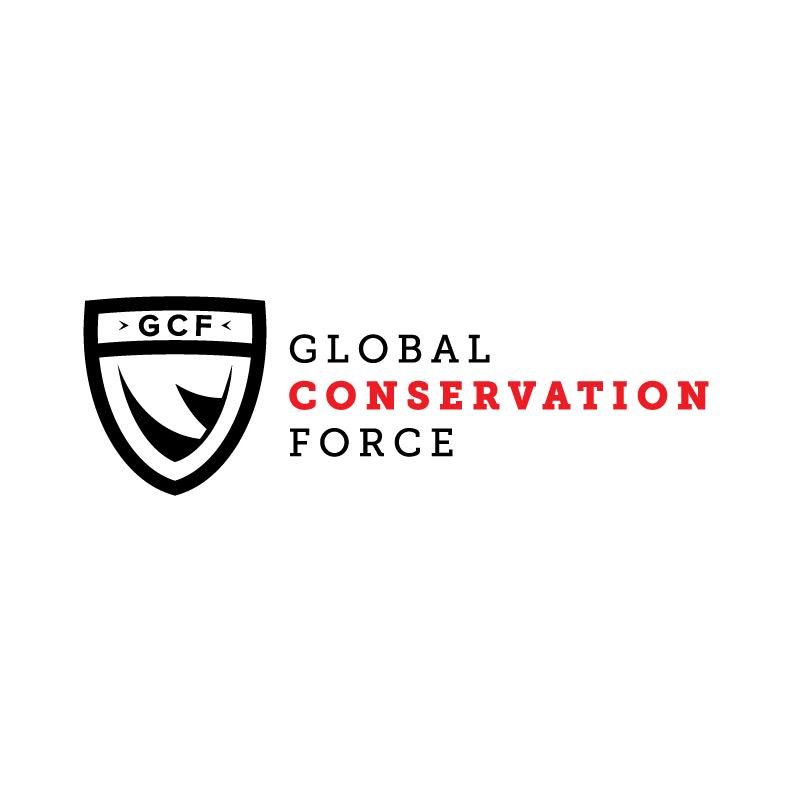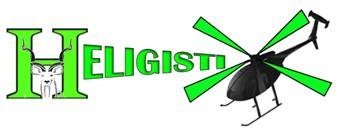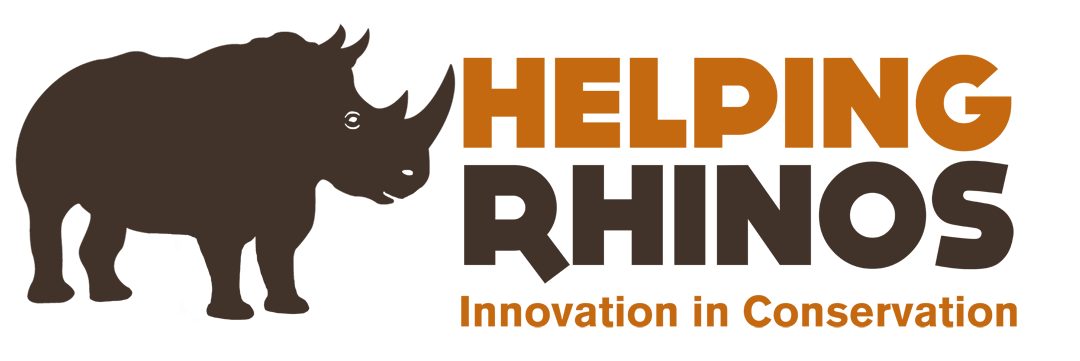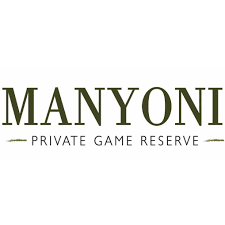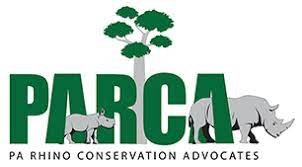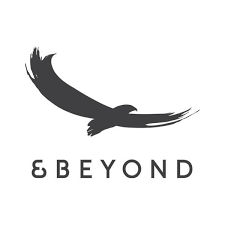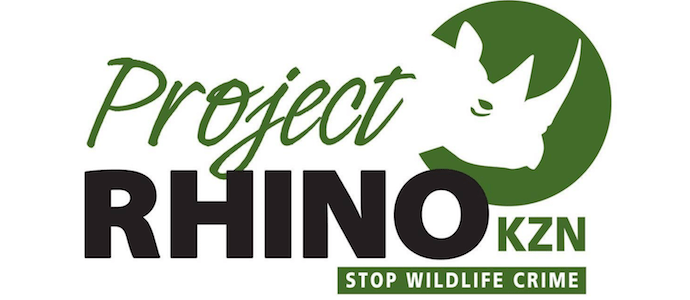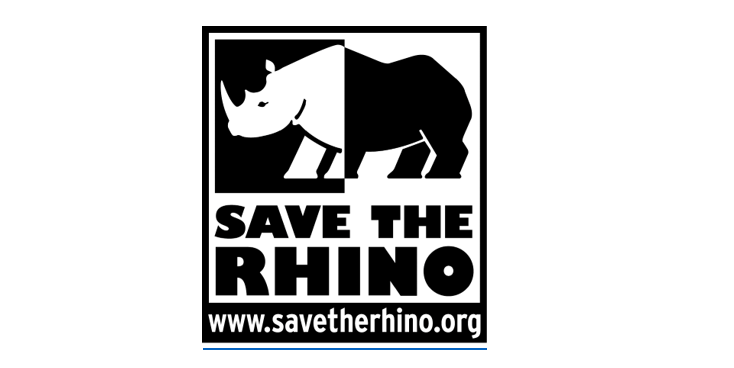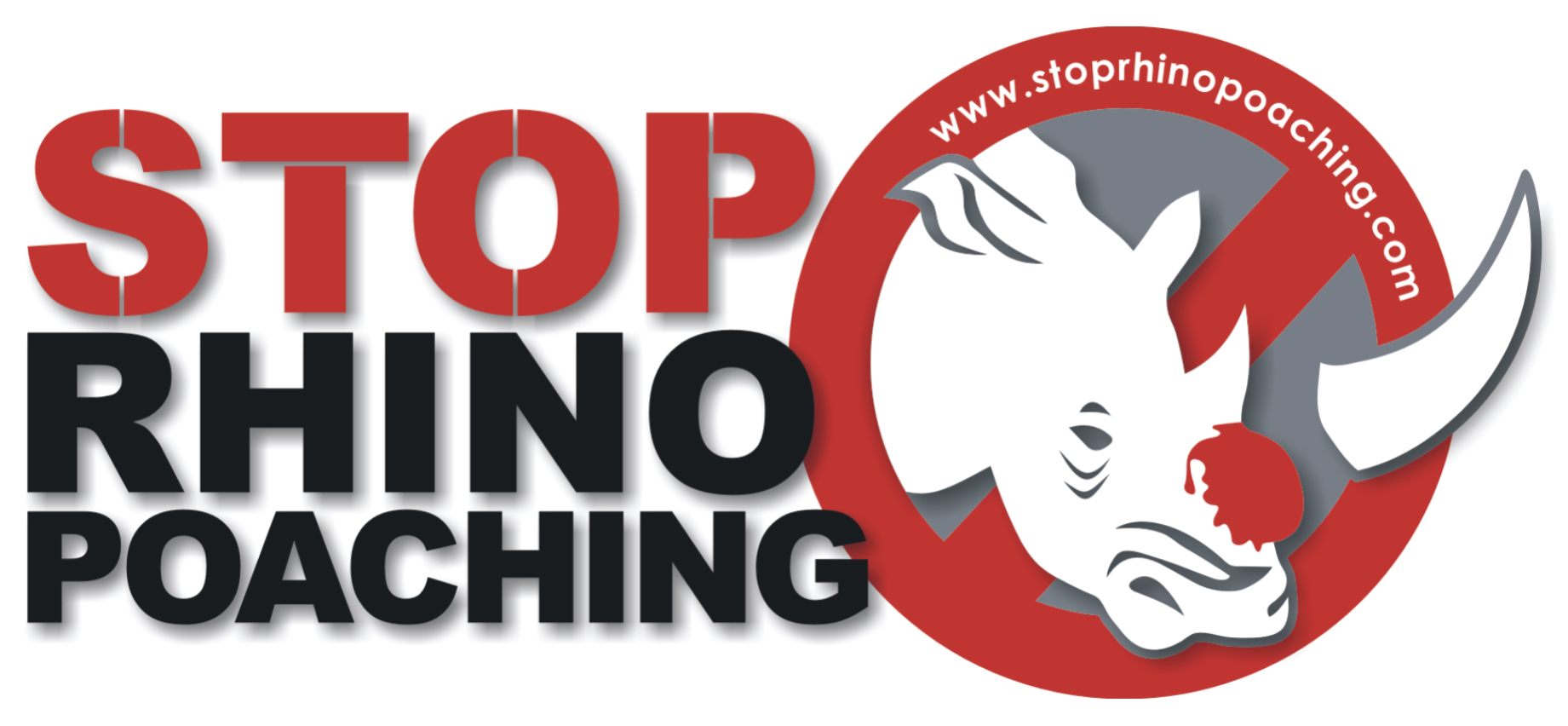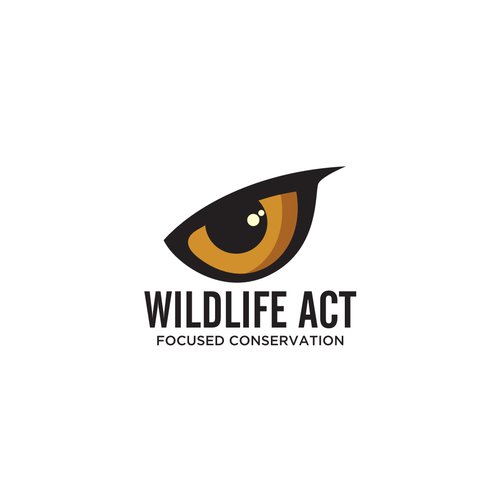RHINO POACHING & DEHORNING IN KZN
Rhino poaching is, unfortunately, on the rise in KwaZulu-Natal for 2022. Read more below about the statistics on rhino poaching, what is fueling the demand for rhino horn, and what reserves in our region are doing to combat poaching.
RHINO STATISTICS
Rhino poaching is currently on the rise in South Africa with, according to reports by Ezemvelo KZN Wildlife (as of May 18th, 2022), an overwhelming 108 individuals having been poached since the start of 2022 in KwaZulu-Natal alone. That is dangerously close to one every day.
There are estimated to be 18,000 white rhinos and 5,500 black rhinos in South Africa. The province of KwaZulu-Natal (KZN) has the highest density of rhinos in South Africa and, with that, KZN is getting hit the hardest.
The demand for rhino horn exploded in the mid-2000s, resulting in an exponential rise of nearly 9000% more rhinos poached and the start of the poaching crisis in South Africa. In the past decade alone, there have been an atrocious +8000 (and counting) rhinos poached for their horns.
The above graph shows the number of rhinos poached in the region of KwaZulu-Natal since 2013, as reported by stoprhinopoaching.com. It is important to note that the figure for 2022 is as of mid-May and, unfortunately, it is expected to be much higher by the end of 2022. At this rate, we are due to have our worst year of poaching yet.
WHY ARE RHINOS BEING POACHED?
Rhinos across our province of KwaZulu-Natal as well as across the country of South Africa are being poached for their horn at an alarming rate. Rhino horn is made of keratin – the same protein that makes up our fingernails – but is generating a very high demand in the international markets.
Shavings of rhino horn, made up of the same protein as our fingernails: keratin.
Rhino horn has long been used in traditional Eastern medicine, however, the recent surge in the illegal horn market comes from countries like Vietnam and China. Although there are no scientific medical benefits to consuming rhino horn, it is being used for an array of conditions such as curing cancer, reducing one’s hangover, sexual incompetence, and more. It is also used as a status symbol by wealthy individuals. Because of this, it has sent the price of rhino horn skyrocketing to upwards of $65,000 (USD) per kilogram…which is more than the price of cocaine or gold. Rhino poaching involves both local poachers and international criminal syndicates that smuggle the high-value commodity across borders.
WHAT ARE RESERVES IN OUR REGION DOING TO COMBAT POACHING?
As the number of rhinos poached increases, it becomes more and more costly to protect the remaining rhino. Reserves in our region, both government and privately run, are doing whatever they can to ensure the safety of this species. Things that they are doing to prevent poaching in KZN include:
Upgraded Security: meaning more monitoring and fence patrols, additional field rangers, more frequent foot/vehicle patrols, and more.
Using Technology: reserves are embracing the use of technology to aid in their conservation efforts including drone surveillance, situational awareness platforms such as CMORE, CCTV cameras, wireless camera traps, thermal imaging cameras, and more.
Canine and Equine Units: where resources allow, reserves make use of canine units that are trained for the detection and apprehension of poachers as well as equine units for monitoring and surveillance.
Aviation support: visible policing and fence patrols are carried out by Project Rhino’s ZAP-Wing (Zululand Anti-Poaching Wing) airplane, which is also called out to help as an “eye in the sky” if poachers are being actively pursued.
Community Support: educating and uplifting the rural communities surrounding game reserves as well as supporting family livelihoods by providing jobs.
Dehorning: rhino dehorning is the single-handed best thing a reserve can be doing to save their rhinos. By disincentivizing poachers, they are keeping their rhinos safe.
WHAT IS A RHINO DEHORNING?
It is an unfortunate reality that in order to save rhinos from extinction, humans need to intervene. Dehorning rhinos is a short-term preventative measure used by wildlife reserves to help keep rhinos safe from poachers, removing the target from their faces. Dehorning is not a preventative in itself but combined with stringent security measures it creates less reward for the same risk.
Because rhino horn is made up of keratin (the same thing as our fingernails), it can be trimmed down without hurting the rhino. Think of it as clipping your fingernails! Just as when you clip your nails, they slowly grow back – the same goes for the rhino horn. Once a reserve has made the decision to dehorn its rhino, it must be maintained in order for it to be effective. A dehorned rhino will need to be “retrimmed” every 18-24 months. If left longer the horn that grows back may be just enough to incentivize a poacher to kill the rhino for its horn. As you can imagine, this is not the long-term solution to rhino poaching, but in the short term, it has saved hundreds (if not thousands) of individuals. Here is the detailed process of dehorning a rhino:
Once a reserve makes the decision to dehorn their rhinos, they first need to find funding. It is a very costly practice including veterinary, helicopter, and ground crew costs. Funding often comes from reserve operating costs, guest funding, NGO support, or occasionally government aid. Wild Tomorrow Fund is proud to assist our neighboring reserves with funding for rhino dehornings. Since our inception in 2015, we have funded the safe dehorning of 45 rhinos.
A suitable rhino must be located to dehorn. Reserve Managers and Rhino Monitors generally have an idea of what rhino they are looking for or a minimum horn length for which they’d like to dehorn. With the help of the ground crew and aerial surveillance such as a fixed-wing plane or helicopter, they will locate the rhino they intend to dehorn.
Once the rhino has been located, the wildlife veterinarian will join the helicopter pilot and dart the rhino from the sky. This is no easy feat – aiming at a moving target from a helicopter is a challenging exercise, but wildlife veterinarians impress us time and time again with their aim and precision. The animal will be darted with a concoction of drugs that are used to temporarily immobilize the rhino.
A wildlife veterinarian uses his dart gun to aim at the animal out of the helicopter.
The pilot assists in getting the veterinarian in the best possible position for darting.
The helicopter is used to monitor the position of the rhino and guide the rhino to a safe environment before immobilization. Within 2.5 to 6 minutes from the rhino being darted, he or she will become immobilized. Ground crew first and foremost ensure the safety of the rhino as this is priority before any other work can be done. The rhino is then positioned comfortably and eyes are blindfolded and earmuffs are placed in its ears to reduce external stimulation. On condition of the rhino being stabilized, further work will commence. They will also take VGL kits which contribute to genetic mapping and enables law enforcement to link a poached rhino to its source.
Ground crew ensuring safety of rhino by moving it into a comfortable position.
It is important that the rhino is in a comfortable position as he or she will likely be like this for upwards of 30 minutes.
Earmuffs are put in to reduce audio stimuli.
Wild Tomorrow Fund’s John Steward assists the ground crew with data collection and measurements.
Providing the rhino is not showing any signs of distress, it’s time for the wildlife veterinarian to get to work. Seeing a chainsaw to the face of a rhino is not normal and feels quite intrusive to watch– but it is far better than the alternative. The wildlife veterinarian carefully removes the horn using a chainsaw and cuts the horn off above the growth plate, to ensure no pain or wounds. He then removes the excess horn around the growth plate with a grinder. This is in an effort to remove as much of the horn as safely possible. The rhino horn is kept in a secure vault in an undisclosed facility. The horn is photographed, weighed, microchipped and DNA sampled to ensure tracking of this highly sought-after substance – to prevent further crime and corruption.
A chainsaw is the most effective tool used by the wildlife veterinarian to dehorn the rhino.
Wildlife veterinarians are careful not to hit the growth plate when removing the horn.
A grinder is often used to carefully remove excess horn around the growth plate.
It is important to remove both the anterior and posterior horn from the rhino.
Once the rhino has been dehorned, the underlying and freshly exposed horn will be sprayed with a wound spray. This will last around 3 or 4 days on the rhino but ensures its safety by preventing infection.
The wound spray (often purple in color) is applied to the freshly trimmed horn.
This will prevent infection.
It is time for the veterinarian to wake the rhino up using a reversal drug. From the safety of the vehicles nearby, the ground crew and rest of the team will monitor the wake up. Often times, stumbling on their feet the first few steps and then off into the wild once again.
The dehorned rhino rises to his/her feet, a little wobbly from the drugs.
If a mom and calf pair are dehorned together, they will reunite in no time.
Dehorning, combined with strengthened intelligence and development support for neighboring communities, is proving successful with far less animals being poached on the reserves that dehorn their animals.
Here is a picture of Wendy Hapgood, cofounder of Wild Tomorrow Fund, holding a rhino horn that has been safely removed from an adult rhino by a wildlife vet. She says,
“It’s a bittersweet moment. On the one hand, the rhino will be far safer now as poachers will no longer kill it for its horn. On the other hand, it’s a sad realization that such drastic measures must be taken just to keep this species alive.”
The race to save rhinos from extinction is far from over. Especially with the recent rise in poaching in the region of KwaZulu-Natal. YOU can help save this species by donating to our Rhino Protection Program below, which will help fund dehornings, rhino orphan care, and ranger support, to name a few.
We will only win the war on rhino poaching if we all work together. Check out and follow some of the amazing organizations below (just click on their logo to learn more!) that are on the frontline of the poaching crisis.

